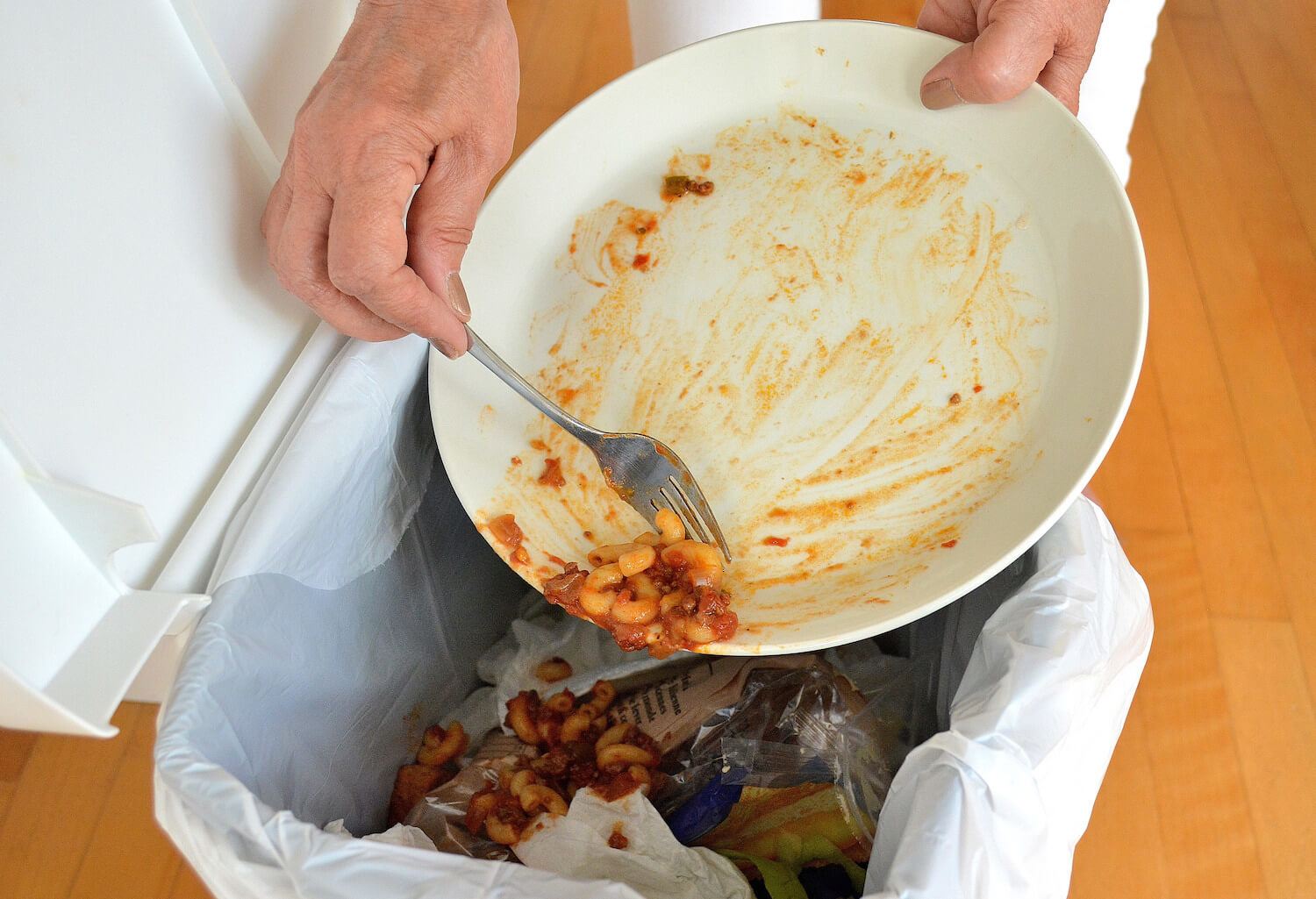
Eli Hartman/Odessa American via AP
It comes at a time when more families report they’re not sure they’ll be able to buy groceries in the next four weeks.
At the end of July, the federal government’s expanded $600 weekly unemployment benefits were set to run dry. At the time, many hoped Congress would act swiftly to provide some sort of stopgap relief. It didn’t seem out of the question: Republicans seemed prepared to compromise on a much smaller weekly benefit supplement, somewhere in the range of $100 to $200.
But Congress failed to come to an agreement, and the expanded benefit expired without renewal. The president tried to send extra payments to unemployed people via executive order, with limited success. Still, other CARES Act provisions kicked in for people who remained unemployed: Those who ran out the clock on state unemployment benefits, which usually max out at around six months, were eligible for a few more months of federally funded payments. And gig workers and people who left their jobs to care for family members sick with Covid-19 could collect unemployment checks, too.
Yet at the end of this year, barring action from Congress, those last programs are set to expire. A study released this week by the Century Foundation found that 7.3 million workers will lose their benefits as Pandemic Unemployment Assistance, the program that covers gig workers, winds down. An additional 4.6 million people will cease to receive payments via Pandemic Emergency Unemployment Compensation, the program that extends payments beyond state-level cutoffs. Put another way, by the end of the year, a total of 16 million people who received expanded unemployment benefits under the CARES Act will have lost that assistance. That number includes people who have already run through state benefits and added federal benefits.
“Unemployment insurance is one of the highest bang-for-the-buck stimulus measures because people spend it.”
The numbers are dramatic, and they stand out even more starkly against new data from a Census Household Pulse Survey conducted at the end of October which found that just 44 percent of U.S. households with kids are “very confident” they will be able to afford food over the next four weeks. More than 4 in 10 children who live in rental housing belong to households that are either behind on rent or low on food.
A broad stimulus bill from Congress is looking unlikely by the end of the year, though Politico reports the two parties have discussed passing extensions of select CARES act benefits like student loan forbearance and the Paycheck Protection Program, alongside a government funding bill.
“If they were to avoid serious human hardship and—more importantly—give the economy a boat, unemployment insurance is one of the highest bang-for-the-buck stimulus measures, because people spend it,” said Chad Stone, chief economist at the Center for Budget and Policy Priorities.
Perhaps recognizing the “benefits cliff” many face long before inauguration, president-elect Joe Biden has voiced his support for the passage of a new stimulus package during the lame-duck session. “Here we are in November, and that’s a long time from the beginning of August,” Stone said, referring to the week the $600 added benefit ran out. “And anybody who had any savings has probably already gone through them.”
When unemployment benefits run out, many may turn to the Supplemental Nutrition Assistance Program (SNAP, formerly food stamps) for income support. Federal spending on SNAP has increased dramatically since the start of the pandemic due to a bump in enrollment and a stimulus provision that allows states to disburse the maximum allotment to each household.
Yet even though SNAP is an entitlement program—meaning it can theoretically support an unlimited number of enrollees—it’s not immune to Congressional dysfunction. That’s because it’s one of the only entitlement programs that’s funded based on anticipated need, with a relatively slim margin of error. In short, that means a sudden stress to the system and a dramatic increase in spending (like a pandemic, for instance) might cause the program to run out of money before the calendar year ends. It’s a relatively unlikely scenario, but not unprecedented: When the government shut down in December 2018, SNAP had enough money to last through February. But had the shutdown dragged on, benefits would have fallen short by about half in March.
So far, people who have lost their jobs due to Covid-19 have had access to a steady progression of safety net programs: First came then $1200 direct payment. Then came the $600 per week expansion of unemployment assistance. When that ended, people could still collect state unemployment checks, then an additional few months of federally funded unemployment. All that will wind to a close at the end of the year, and most people currently receiving expanded benefits will lose them. Absent another round of stimulus, what’s left is SNAP—money that can only be spent on groceries—and even that isn’t impervious to dysfunction in the Capitol.


